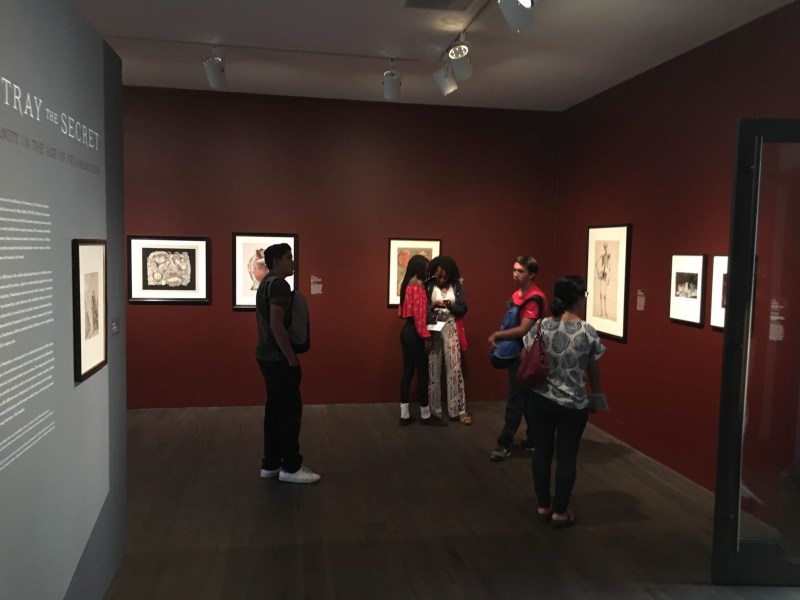In celebration of the 200th anniversary of Mary Shelley’s “Frankenstein,” the Cantor Arts Center recently featured “Betray the Secret: Humanity in the Age of ‘Frankenstein.’” The exhibition explored what it means to be human, raising the questions Shelley posed when she published the novel in 1818.
The exhibition features 38 works of American and European art, divided into four themes that are related to different aspects of the novel. From a drawing of a skeleton demonstrating lively expression to a painting of the creation of Adam and Eve, each art piece seeks to investigate a facet of what it means to be human, whether it involves the influence of science and technology, the beauty and vulnerability of the human body or the inevitability of death.
Inspired by Frankenstein@200, a campus-wide initiative to consider the lasting legacy of “Frankenstein” through courses, lectures and performances, the exhibition was co-curated by arts and humanities professor Alexander Nemerov and Elizabeth Kathleen Mitchell, the Burton and Deedee McMurtry Curator of Drawings, Prints and Photographs.
“The anniversary gave Mitchell and I a chance to think about the relevance of “Frankenstein” to Silicon Valley, where there is a lot of hubris about reimagining life,” said Nemerov. “It seemed logical for us to cull the collections at the Cantor for pictures that portray that fantasy of mechanistic dominion over life and death.”
By featuring works that span the 18th to 21st century, Mitchell and Nemerov hope that viewers can see how different types of artists have been thinking about and interacting with the meaning of humanity over time.
“There’s not a lot of text in the exhibition, so we really wanted to create thoughtful juxtapositions between images that enable people to have their own … private interaction[s],” said Mitchell.
To provide a jumping-off point for visitors to develop their own questions and interpretations surrounding the definition of humanity, Mitchell and Nemerov have included a public tour that explores the meaning behind each work. Public tours occur every Thursday, Saturday and Sunday at 12:30 p.m. in the museum atrium.
“I think the exhibition itself is really a work of art—not just the minimal wall text, but the colors of the walls, the spacing of the works and, of course, the selection … make a really hospitable and inviting place for… anyone to consider these questions,” Nemerov said.
Mitchell also expressed that, with the wide range of people represented in the artwork and the universal images of the body, she believes that there is something in the exhibition for everyone to relate to.
“I think something… that makes the [exhibition] appealing is that if you just look at the images, you see people from different nationalities, backgrounds, races [and] ages,” she said.
Contact Jonathan Liu at liujonathan41741 ‘at’ gmail.com.
